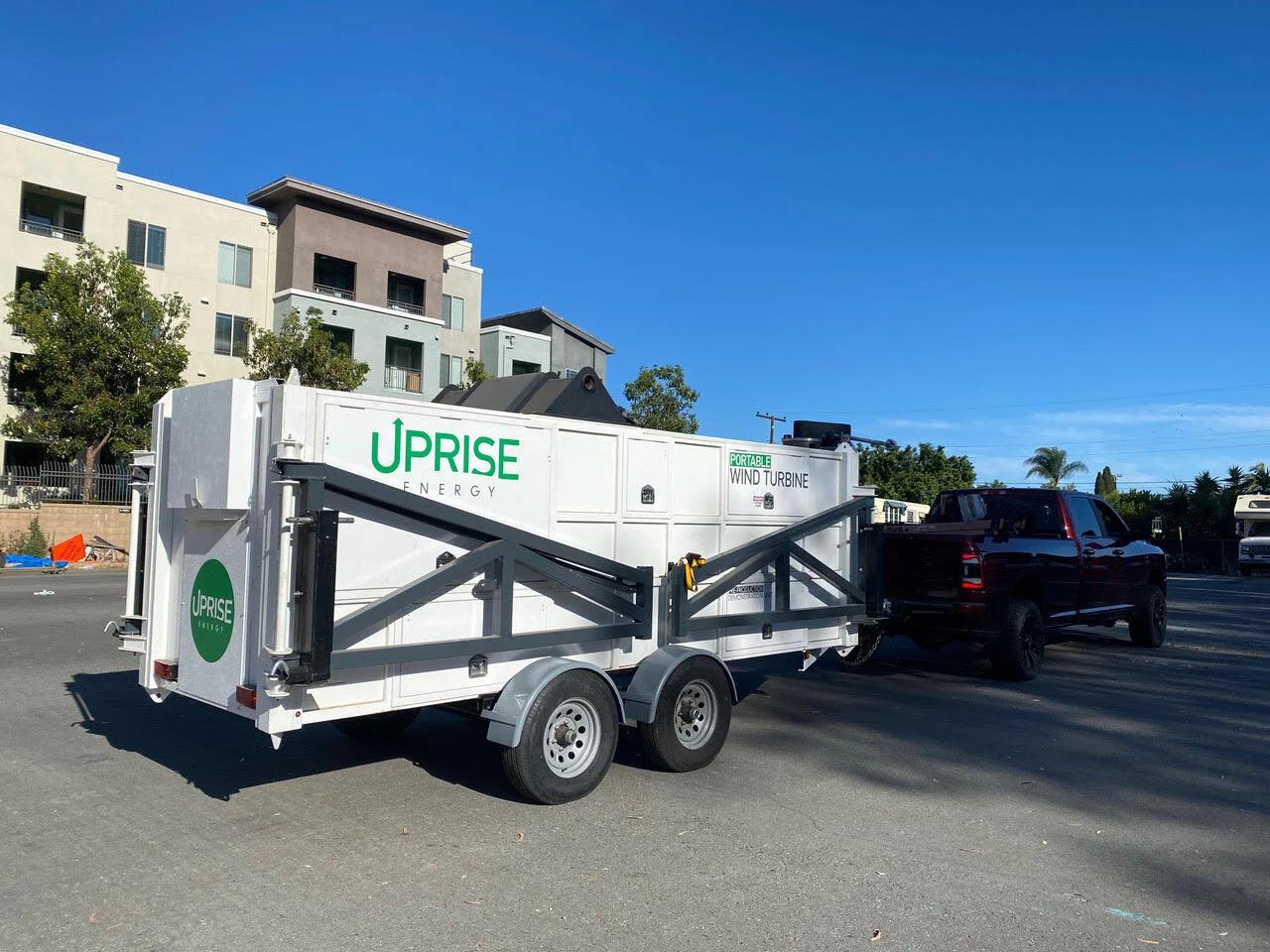
Idaho National Labs - Part 1
chris@upriseenergy.com
chris@upriseenergy.com
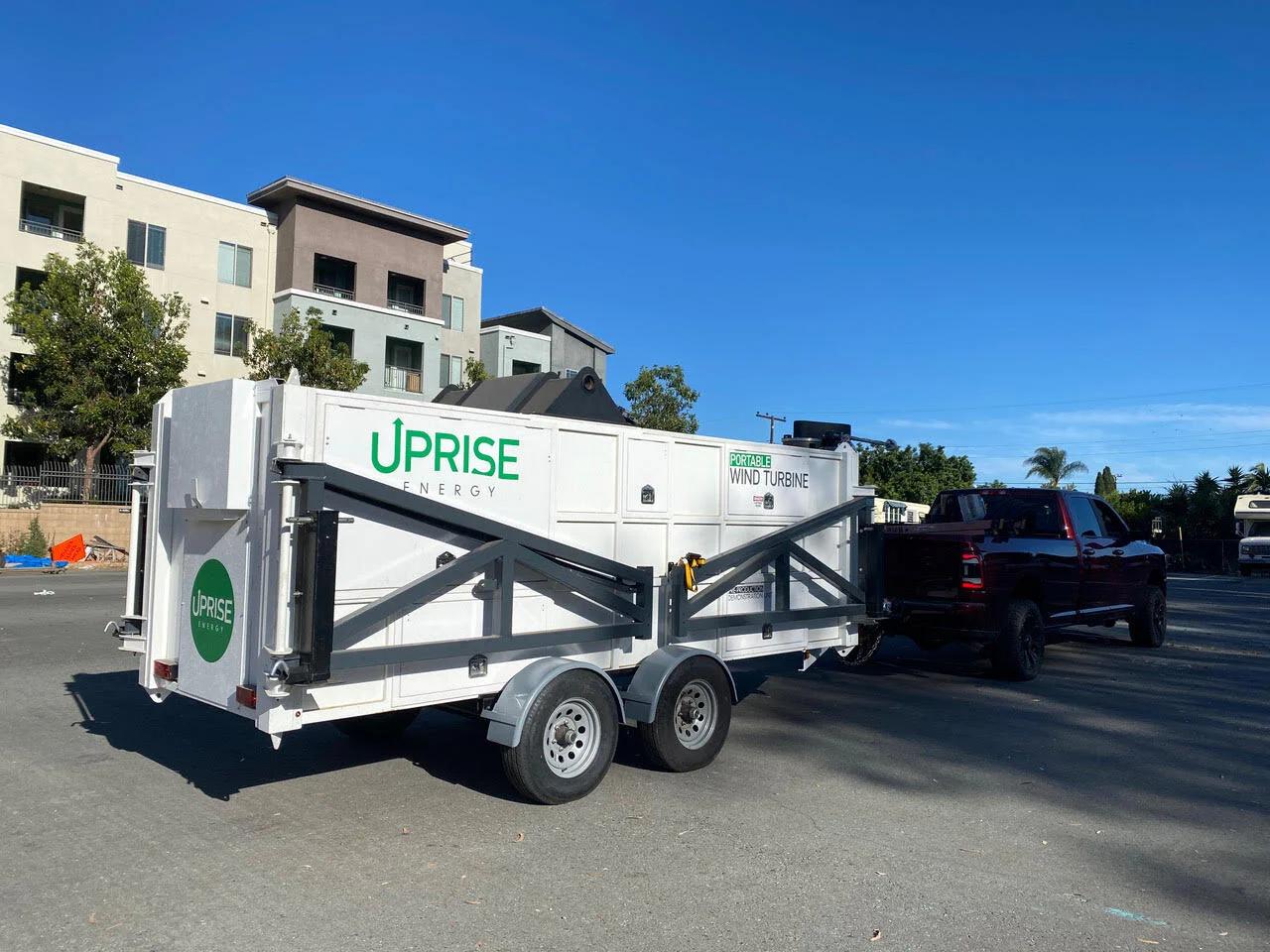
Figure 1: Ready to go! Getting hooked up the night before leaving in the Uprise Energy lot.
This blog post is part 1 of a multi-post series documenting our trip to deliver the MPS to INL. Future posts will include an overview with captured data of our wind turbine’s performance and interviews with INL staff talking about the future of distributed energy solutions and their thoughts about our MPS.
Uprise Energy and Idaho National Labs
When the concept for the Uprise Energy portable wind turbine was born, very few were talking about microgrid technology and/or distributed renewable energy systems. Now, less than 10 years later, it is arguably the hottest topic in the energy industry. Today, thanks to a number of innovations and new technologies, distributed renewable energy solutions (DRES) have become a viable alternative to traditional utility provided power and, to a greater degree, as an alternative to diesel generators for edge of grid applications.
So, what is all this buzz about? The US Department of Energy defines the microgrid as:
“A group of interconnected loads and distributed energy resources within clearly defined electrical boundaries that acts as a single controllable entity with respect to the grid. A microgrid can connect and disconnect from the grid to enable it to operate in both grid-connected or island mode.”
What this means is there are new options for people and communities when it comes to how they receive their electricity. The energy market is changing, and it is something that the United States government (and governments around the world) is keenly aware of. They know that there are applications for microgrid technology in the military, disaster relief, and humanitarian aid in addition to the benefits to the civilian sector. It is because of this paradigm shift that we were contacted by Idaho National Laboratories with interest in our Mobile Power Station.
Idaho National Laboratories (INL) is one of the national laboratories of the United States Department of Energy. INL is a large operation employing over 4,000 people headquartered in Idaho Falls, Idaho. They are well known for the work they do in nuclear power research, but they also have many other programs in areas such as cybersecurity, robotics, nuclear non-proliferation, and most definitely renewable energy technology.
Uprise Energy CEO Jonathan Knight and representatives of INL had discussions, and a partnership was formed. INL decided to purchase an Uprise Energy Mobile Power Station (MPS) in order to perform their own R&D on it, and to verify the viability of the MPS as a distributed energy solution for their projects.
The unit was delivered to INL by Jonathan Knight and two other Uprise Energy staff.
YouTube Video -AHV71ti14k
The trip to INL and initial reception
Towing the turbine 1100 miles from San Diego to Idaho Falls was the longest open road journey for an Uprise turbine to date. Of little surprise, the portable wind turbine could barely be felt behind the three-quarter ton Dodge 2500 tow vehicle and arrived at the destination without so much as a tinge of inconvenience.
Day one consisted of roughly 850 miles going from San Diego, CA to Ogden, Utah. After a well deserved night’s rest, there were only a few hours of driving left to go before reaching the destination - INL’s headquarters in Idaho Falls, ID.
Prior to being allowed to operate the MPS on location at INL, there were several rounds of inspection to go through by over a dozen inspectors representing different departments including fire safety, electrical safety, structural integrity, the project management team, and more. This was to ensure that the MPS did not pose any sort of safety threat.
Our team set up the MPS in the INL parking lot, and we passed all inspections without any issues. In fact, we received compliments from inspectors regarding the quality of our adherence to safety codes.
From an Uprise perspective, this was quite rewarding as it validated the careful attention that was employed while engineering and building the unit.
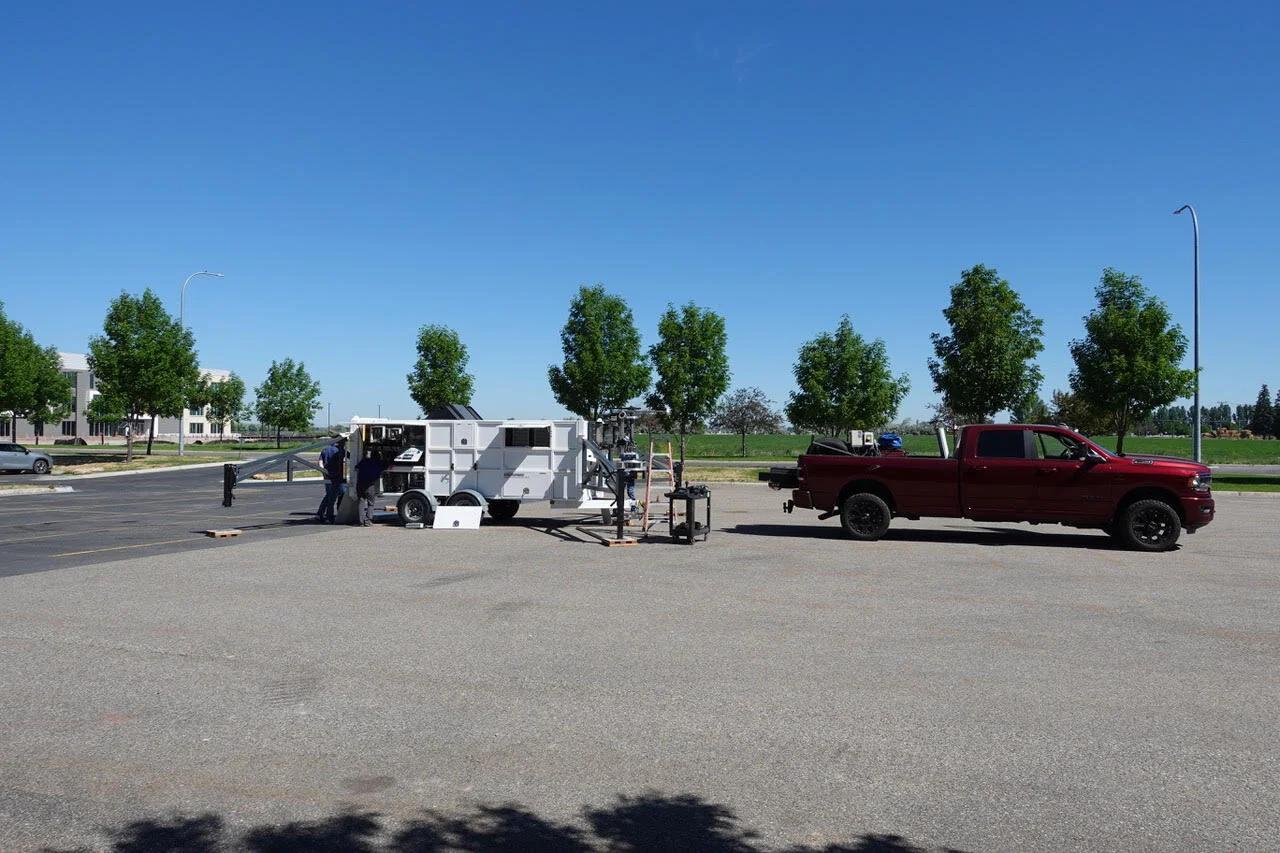
Figure 2: Inspections at the INL parking lot.
There were many people at INL who were anticipating the arrival of the Uprise Energy MPS, and many more who were surprised to see the MPS set up on site and being inspected. Over the next 24hrs, there were dozens of visitors interested in learning more about the new contraption that had just arrived. From summer interns to department heads, it was a pleasure sharing our technology with the interested audience.
Micro grid test site demonstrations
On day 3 of the trip, our team was escorted to a test site in the Idaho high desert approximately 30-40 miles west of INL headquarters. The test site is a gigantic 90 mile by 90 mile very well secured location operated by INL. While our team was guided through the area they could see various buildings off in the distance, many with barricades blocking the roadways.
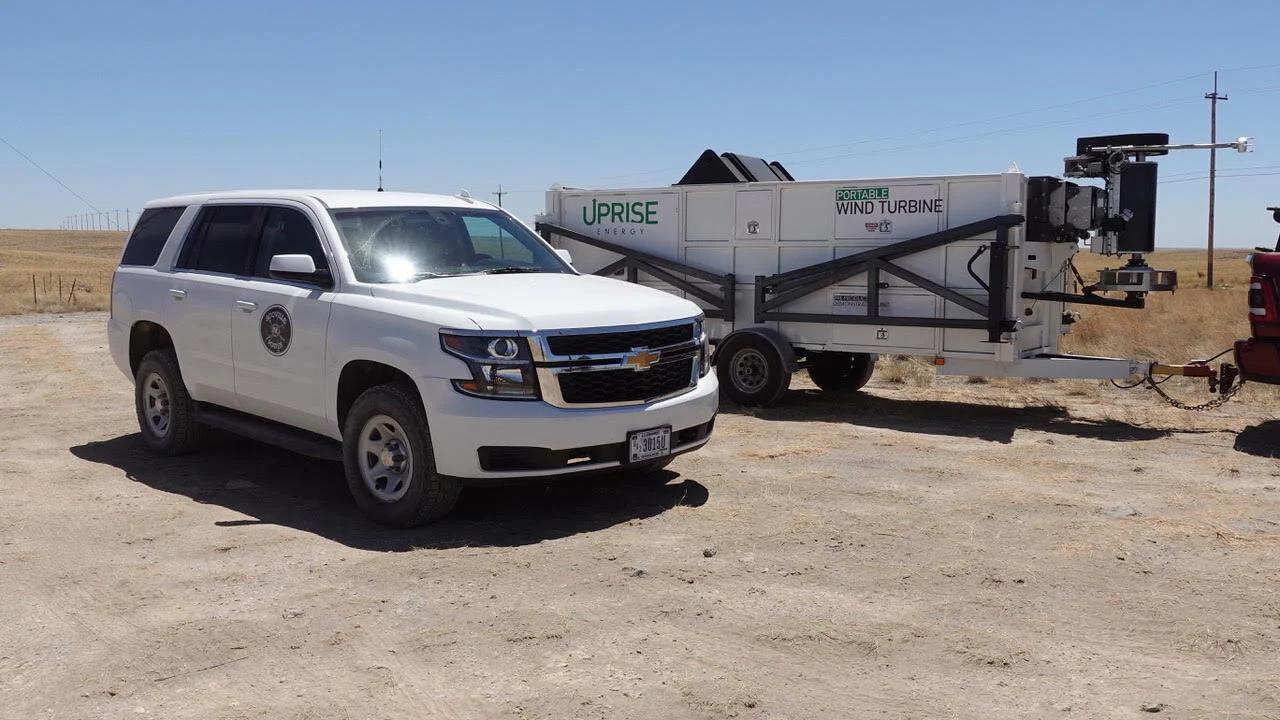
Figure 3: MPS and escort car.
Eventually they arrived at the new destination and were greeted by a sign with “CITRC” printed on it: Critical Infrastructure Test Range Complex. From INL documentation regarding CITRC:
“Supports INL National & Homeland Security (N&HS) missions in developing solutions for security and resilience of critical infrastructure and advancing security solutions that prevent, detect and counter nuclear and radiological threats. This mission engages strategic partnership projects that include other federal agencies, national and international programs and the energy industry.”
The demonstration site our team was escorted to had an 18 kW battery bank, an 8 kW solar array, and an access point to a microgrid operated and maintained by INL.
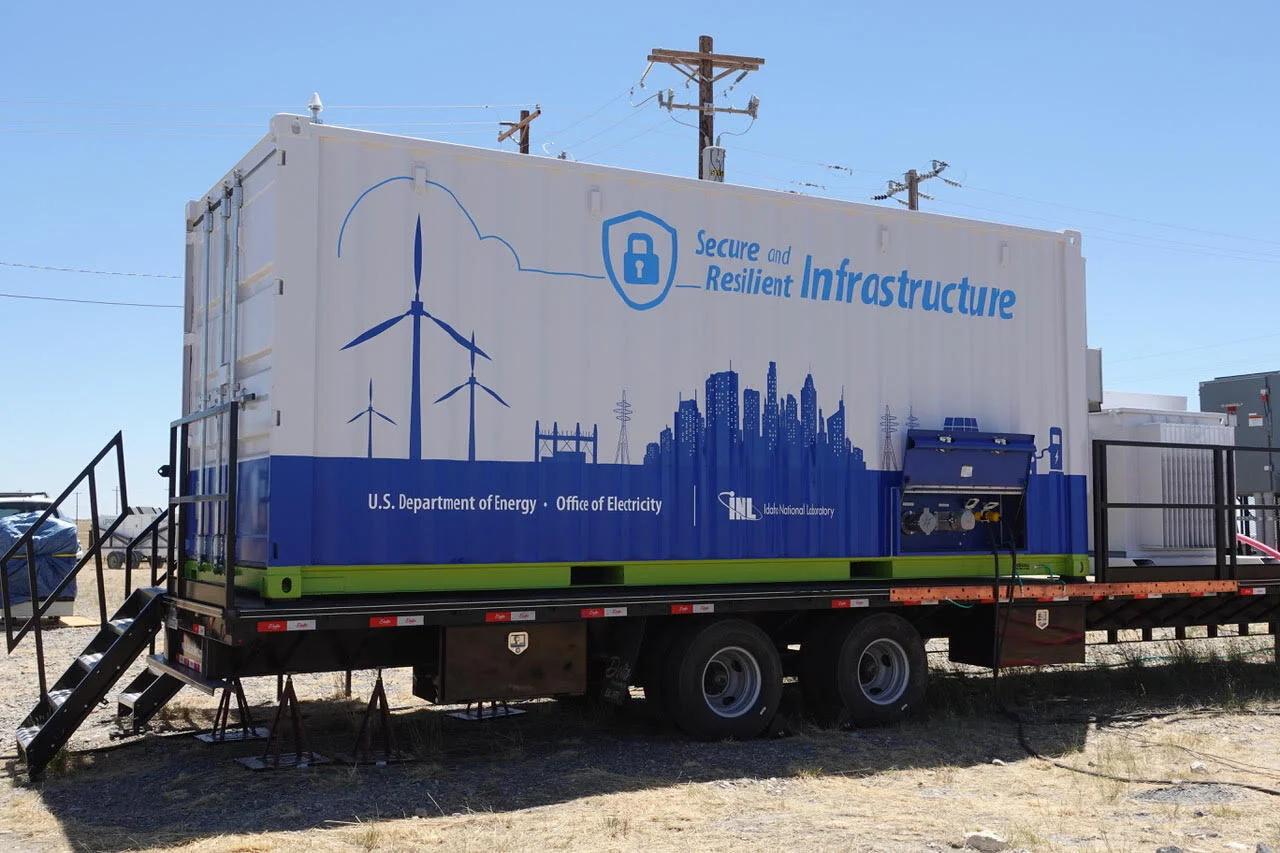
Figure 4: INL operated battery trailer on location at the testing site.
The Uprise Energy team quickly set up the MPS and got to work.
It should be noted that the Uprise Energy MPS is designed to be capable of operating in low wind speeds (as low as 7-10mph / 3-4.5m/s), making it a viable power generator for more people all over the world. That is not to say that it cannot operate in higher wind speeds. The wind conditions at the test site were mainly in the 20-40 mph range, with occasional lulls to near zero.
The initial training and demonstration was done in a “stand alone” configuration, meaning the turbine was operating independent of any external connections to the microgrid or offboard storage. Our team engaged the wind turbine and as expected, the MPS performed well. However, it was the forthcoming tests that garnered the most excitement as they would all represent new configurations for the MPS.
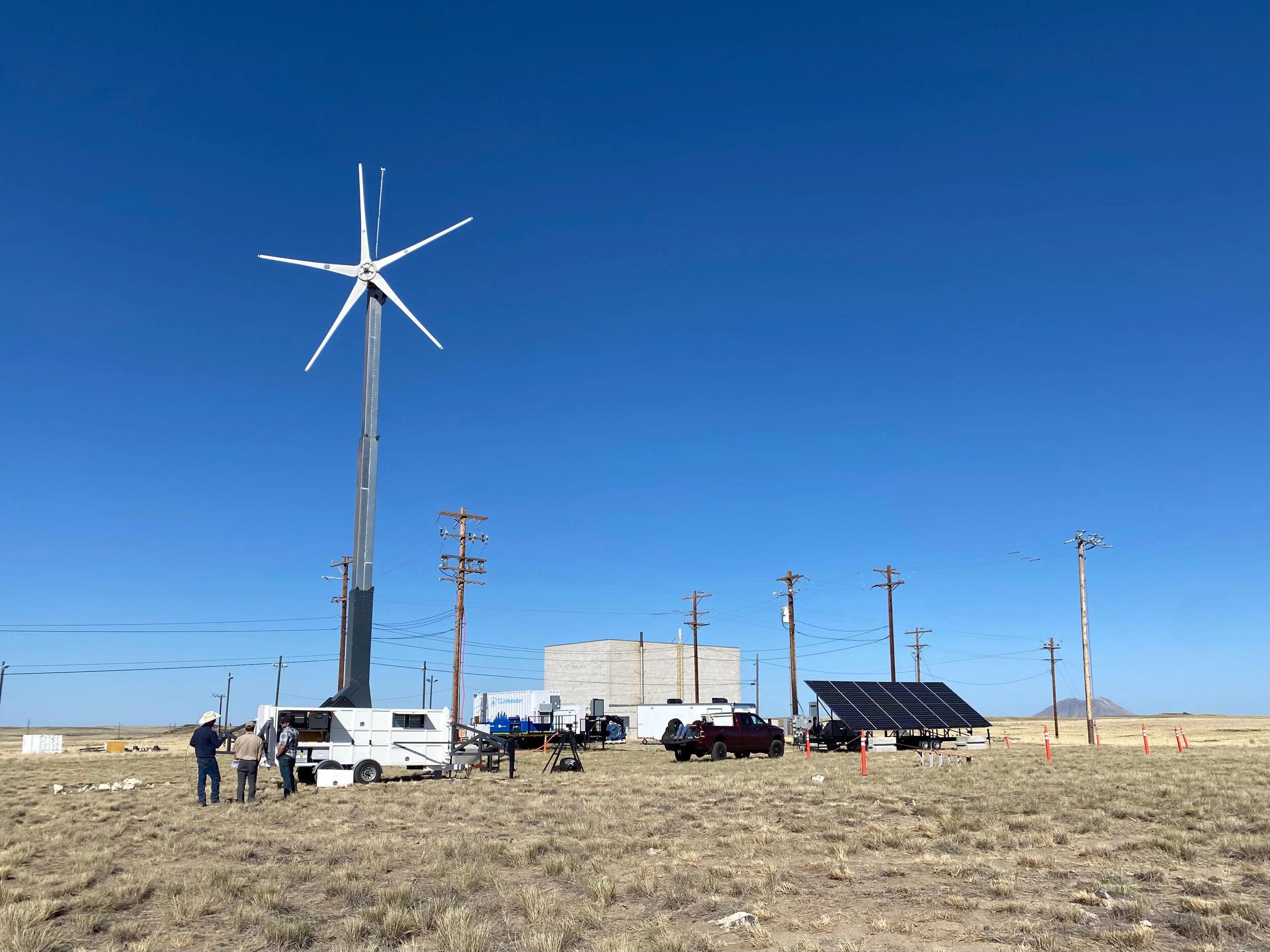
Figure 5: Set up for demonstration and testing.
For the next demonstration the MPS was connected to the (partially discharged) battery bank. Upon activation of the wind turbine, the MPS sent 10,000 watts to the batteries almost instantly. To everyone on site, this was the moment that proved the viability of the MPS as a mobile renewable wind powered generator.
Uprise Energy CEO Jonathan Knight was on location at this moment. This is his description of the mood when it happened:
“For this session, I was monitoring the turbine while Kurt (INL) was monitoring the inverter / charge controller on a separate trailer about 200’ away from where I was. As soon as we released the brake on the turbine, it started flowing over 9000 watts through the charge controller and into the batteries. Kurt is not someone that you would describe as animated but after the immediate success with the new connection, he turned towards us with a huge smile and two very big thumbs-up, leaving no doubt about how happy he was with the way the system was working.”
It’s not everyday that you can say that you made history but on this day, we did just that. Never before has a renewable energy system of this size and magnitude ever been towed on major roadways, delivered to the project site and, within minutes of arrival, provided up to 10kW of distributed clean energy. Not even close. Not solar, not wind, and certainly not hydro or geothermal. The functionality and versatility of the Uprise MPS puts it in a league of its own.
The next test was to connect the MPS to the on site INL operated microgrid. Again, the MPS very quickly was sending kilowatts of power into the microgrid.
The demonstrations and training for INL staff over the rest of day three and into day four involved putting the MPS through many tests over many test intervals in various configurations (stand alone, connected to on site battery storage, connected to the on site micro grid, connected to both the batteries and microgrid at the same time, etc.).
The end of day four was the end of the Uprise Energy team’s training and demonstration duties. Day five involved embarking on the trip back to San Diego sans MPS.

Figure 6: Leaving INL.
This concludes the overview of our new relationship with INL. We are very excited to see how the utilization of our MPS will lead to great things.
Please check back for additional blog entries covering our trip to INL. We will be posting interviews with INL staff and we will be sharing some of the results of the testing we performed on site.
Please feel free to let us know what you think in the comments section.